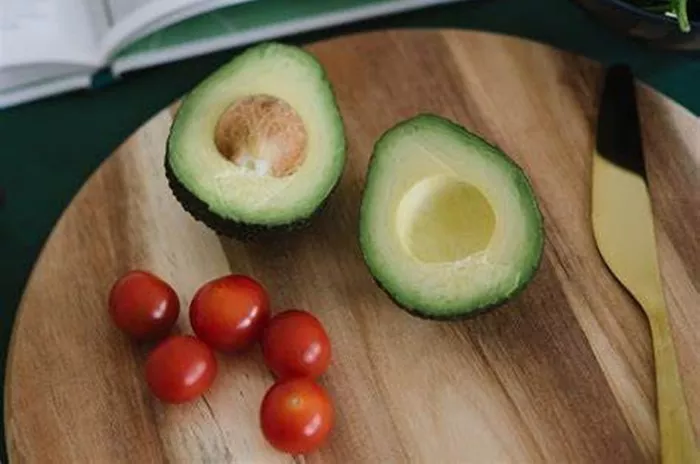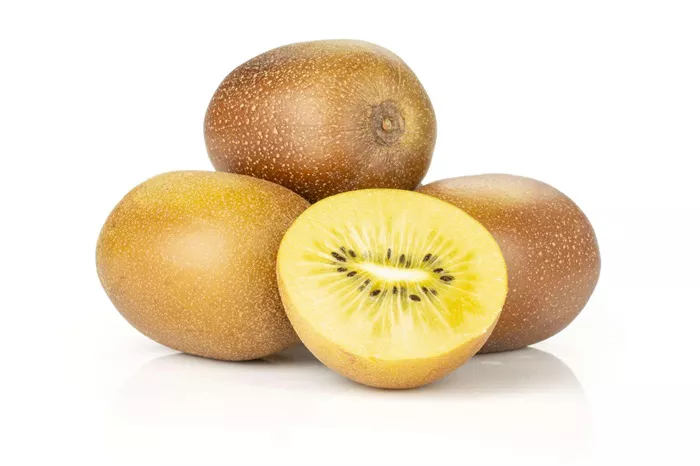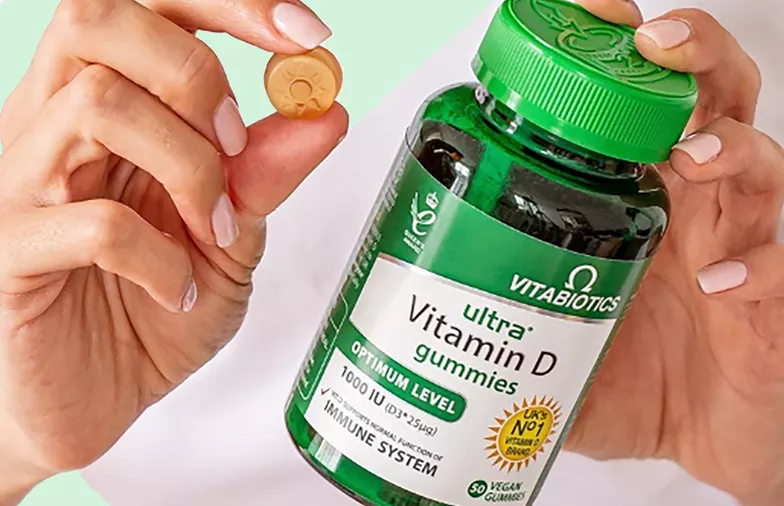In the ever-evolving world of fitness and nutrition, protein shakes have emerged as a popular choice for those seeking to enhance their workout routines and support muscle growth and recovery. These versatile beverages offer a convenient way to meet your protein needs while also delivering essential nutrients that can fuel your body and optimize your performance. This article delves into the art of crafting the perfect protein shake, covering ingredients, ratios, and additional considerations for maximizing its benefits.
SEE ALSO: Can I Drink a Protein Shake Before Bed? What You Want to Know
Understanding the Role of Protein
Protein serves as the building block of muscle tissue and plays a crucial role in various bodily functions. Incorporating an adequate amount of protein into your diet, especially after a workout, can aid in repairing muscle fibers and promoting muscle growth. Protein shakes, when well-constructed, can provide the necessary protein intake to support these processes effectively.
Selecting the Base of Protein Shakes
The foundation of any protein shake is its base, which often consists of a liquid that not only helps blend the ingredients smoothly but also contributes to overall taste and texture. Common choices for the liquid base include:
1. Milk: Dairy or plant-based milk options such as cow’s milk, almond milk, soy milk, or oat milk can add creaminess and additional nutrients to your shake.
2. Water: For those looking to reduce calorie intake or simply prefer a lighter shake, water can serve as a neutral base.
3. Yogurt: Greek yogurt or regular yogurt can be used to add thickness, creaminess, and an extra dose of protein and probiotics.
Choosing the Protein Source of Protein Shakes
The protein source is the cornerstone of a protein shake, and various options cater to different dietary preferences. Some popular choices include:
1. Whey Protein: Derived from milk, whey protein is quickly absorbed by the body and contains a complete amino acid profile.
SEE ALSO: Choosing the Best Whey Protein: Unraveling the Protein Puzzle
2. Plant-Based Proteins: Options like pea, rice, hemp, and soy protein cater to vegans and individuals with dairy allergies, providing a diverse amino acid profile.
3. Casein Protein: Similar to whey, casein is derived from milk but is absorbed more slowly, making it ideal for sustained protein release.
4. Egg White Protein: Rich in essential amino acids, egg white protein is fat-free and a great alternative for those avoiding dairy.
Incorporating Fruits and Vegetables in Protein Shakes
Adding fruits and vegetables not only enhances the flavor but also boosts the nutritional value of your protein shake. They provide essential vitamins, minerals, and dietary fiber. Some popular options include:
1. Berries: Blueberries, strawberries, and raspberries are antioxidant-rich choices that also add natural sweetness.
2. Bananas: Bananas lend a creamy texture and a dose of potassium to help with muscle function and recovery.
3. Spinach or Kale: These leafy greens offer a source of vitamins and minerals without overpowering the flavor.
Powerful Additions in Protein Shakes: Nut Butters and Seeds
For an extra nutritional punch and added texture, incorporating nut butters and seeds can be a game-changer:
1. Almond or Peanut Butter: These provide healthy fats and additional protein, contributing to satiety and overall nutrition.
2. Chia or Flaxseeds: Rich in omega-3 fatty acids and fiber, these seeds promote heart health and digestion.
Carbohydrates for Energy in Protein Shakes
Carbohydrates are essential for replenishing glycogen stores and providing energy, particularly after intense workouts. Including a controlled amount of carbohydrates can aid in recovery:
1. Oats: Rolled oats are a slow-digesting carbohydrate source that provides sustained energy release.
2. Honey or Maple Syrup: These natural sweeteners offer a quick source of carbohydrates along with additional flavor.
Enhancing Flavor and Nutrition with Spices in Protein Shakes
Don’t underestimate the power of spices to elevate the taste and nutritional value of your shake:
1. Cinnamon: Known for its metabolism-boosting properties, cinnamon also adds warmth to your shake.
2. Turmeric: With its anti-inflammatory benefits, turmeric can aid in reducing exercise-induced muscle soreness.
Timing and Considerations of Protein Shakes
When to consume your protein shake depends on your fitness goals and daily schedule:
1. Pre-Workout: A protein shake with a moderate amount of carbohydrates consumed before a workout can provide an energy boost.
2. Post-Workout: Consuming a protein shake within the first hour after exercise can maximize muscle recovery and growth.
3. Meal Replacement: Protein shakes can serve as a quick and convenient meal replacement when whole foods are not readily available.
[inline_related_posts title=”SEE ALSO” title_align=”left” style=”list” number=”2″ align=”none” ids=”1426,1060″ by=”categories” orderby=”rand” order=”DESC” hide_thumb=”no” thumb_right=”no” views=”no” date=”yes” grid_columns=”1″ post_type=”” tax=””]
Customizing Your Protein Shakes: Ratios and Portions
While there’s no one-size-fits-all approach, a general guideline for protein shake composition is:
1. Protein: 20-30 grams, depending on your protein needs and workout intensity.
2. Carbohydrates: 15-30 grams, adjusting based on your energy expenditure and goals.
3. Fats: 10-15 grams, derived from sources like nut butters, seeds, or the base you choose.
Avoiding Common Pitfalls of Protein Shakes
To ensure your protein shake serves its purpose effectively, steer clear of these common mistakes:
1. Excessive Calories: Adding too many calorie-dense ingredients can turn your shake into a high-calorie indulgence.
2. Neglecting Whole Foods: While protein shakes are convenient, whole foods should remain a significant part of your diet.
3. Ignoring Allergies and Sensitivities: Be mindful of potential allergens when selecting ingredients to avoid adverse reactions.
Conclusion
Crafting the perfect protein shake involves a balance of protein, carbohydrates, fats, and essential nutrients tailored to your fitness goals and dietary preferences. By selecting quality ingredients and customizing ratios, you can create a nutrient-packed shake that supports muscle growth, aids in recovery, and contributes to overall well-being. Remember that while protein shakes are a valuable addition to your nutrition plan, they should complement a diverse and balanced diet to achieve optimal results. Always consult with a healthcare or nutrition professional before making significant changes to your dietary habits. With the right approach, a protein shake can be a delicious and effective tool in your fitness journey.
FAQs
1. Can I customize the ingredients in my protein shake?
Absolutely! Customizing your protein shake with ingredients you enjoy and that align with your dietary goals is encouraged. You can experiment with different protein sources, fruits, vegetables, nut butters, seeds, and spices to create a shake that suits your taste and nutritional preferences.
2. Are homemade protein shakes better than store-bought options?
Homemade protein shakes offer more control over the ingredients and allow you to tailor the shake to your preferences. Store-bought options can be convenient but may contain added sugars or artificial ingredients. Always check labels and choose options with minimal additives if purchasing pre-made shakes.
3. Are protein shakes only for bodybuilders?
No, protein shakes are not limited to bodybuilders. They can benefit anyone looking to meet their protein needs, support muscle recovery, and maintain a healthy lifestyle. Athletes, fitness enthusiasts, and individuals with busy schedules can all benefit from protein shakes.
4. Can I replace a meal with a protein shake?
Yes, protein shakes can serve as meal replacements in certain situations, such as when whole foods are not readily available. However, it’s important to ensure that the shake provides a balanced combination of protein, carbohydrates, fats, vitamins, and minerals.
5. When is the best time to consume a protein shake?
Consuming a protein shake within the first hour after exercise is an optimal time for muscle recovery and growth. A shake with moderate carbohydrates before a workout can provide energy, and shakes can also be used as snacks or meal replacements based on your schedule and goals.
6. Can I lose weight by incorporating protein shakes into my diet?
Protein shakes can be a helpful component of a weight loss plan by providing a source of protein that supports satiety and muscle preservation. However, it’s crucial to maintain a calorie deficit through a balanced diet and exercise to achieve sustainable weight loss.
7. Are there any potential allergens to watch out for in protein shakes?
Yes, especially when using ingredients like milk, whey protein, soy, nuts, or seeds, there is a potential for allergens. Be sure to read labels and consult with a healthcare professional if you have known allergies or sensitivities.
8. Can I drink protein shakes if I’m not physically active?
Yes, protein shakes can still provide a source of high-quality protein even if you’re not engaging in intense physical activity. However, it’s important to adjust the portion sizes and overall calorie intake to match your activity level and goals.
9. Can I make protein shakes in advance?
While freshly blended protein shakes are ideal for taste and texture, you can prepare some components in advance, like portioned protein powder and pre-cut fruits. However, avoid mixing all the ingredients too far ahead to maintain the desired consistency.
10. Can protein shakes help with muscle recovery and soreness?
Yes, protein shakes with an appropriate balance of protein and carbohydrates can aid in muscle recovery after exercise. Certain ingredients, such as turmeric, also have anti-inflammatory properties that may help with reducing exercise-induced soreness.
[inline_related_posts title=”Related Topics” title_align=”left” style=”list” number=”3″ align=”none” ids=”1429,1343,1314″ by=”categories” orderby=”rand” order=”DESC” hide_thumb=”no” thumb_right=”no” views=”no” date=”yes” grid_columns=”1″ post_type=”” tax=””]

































